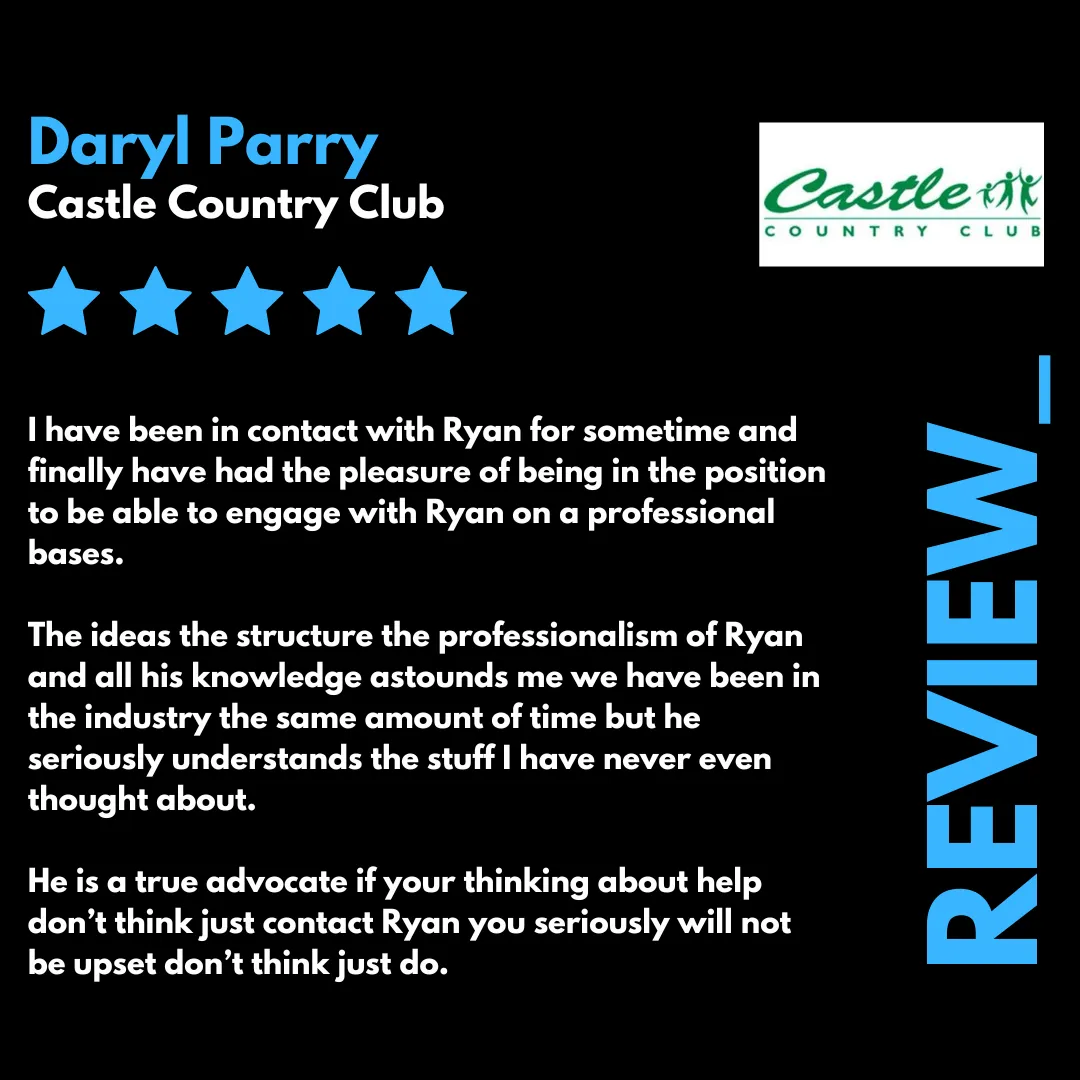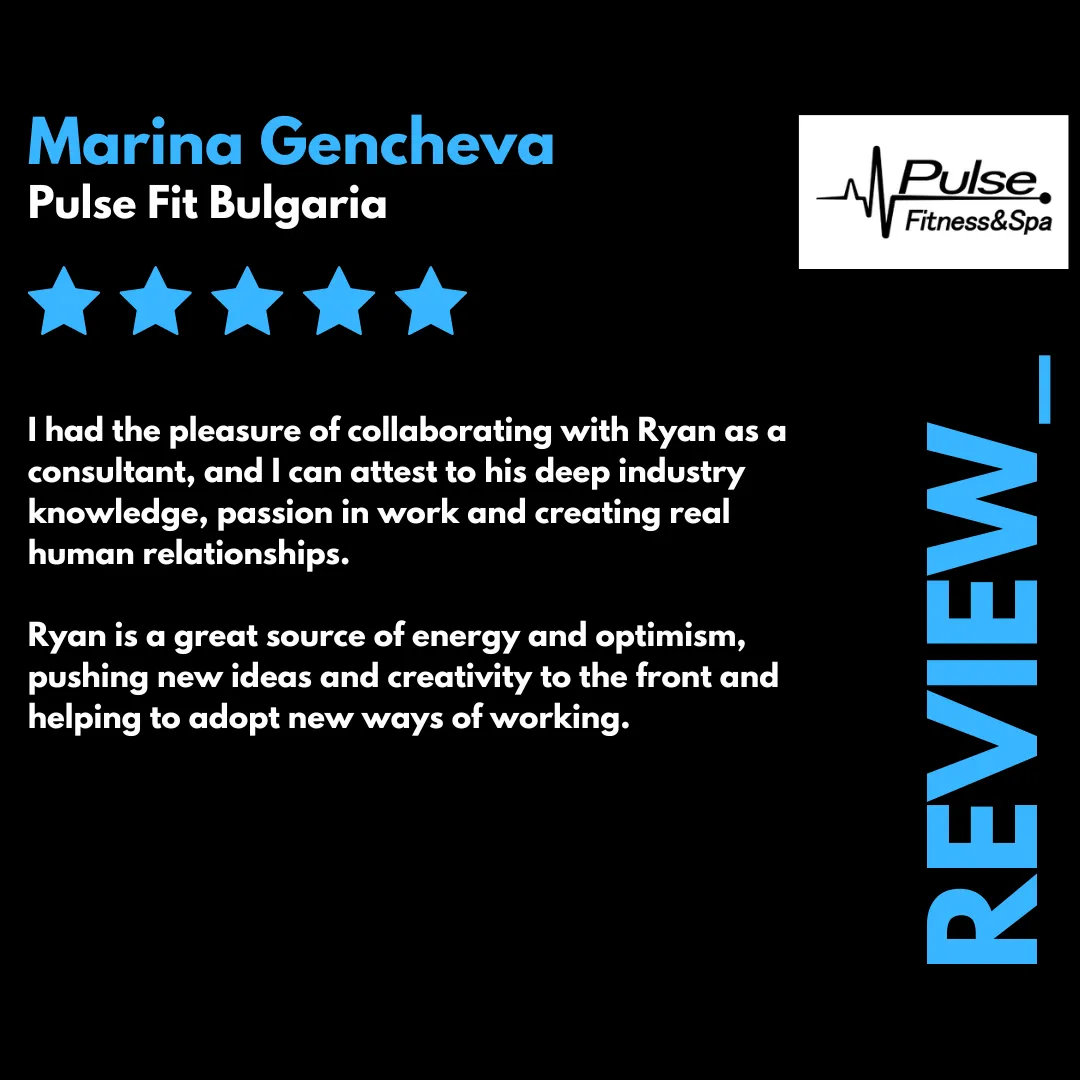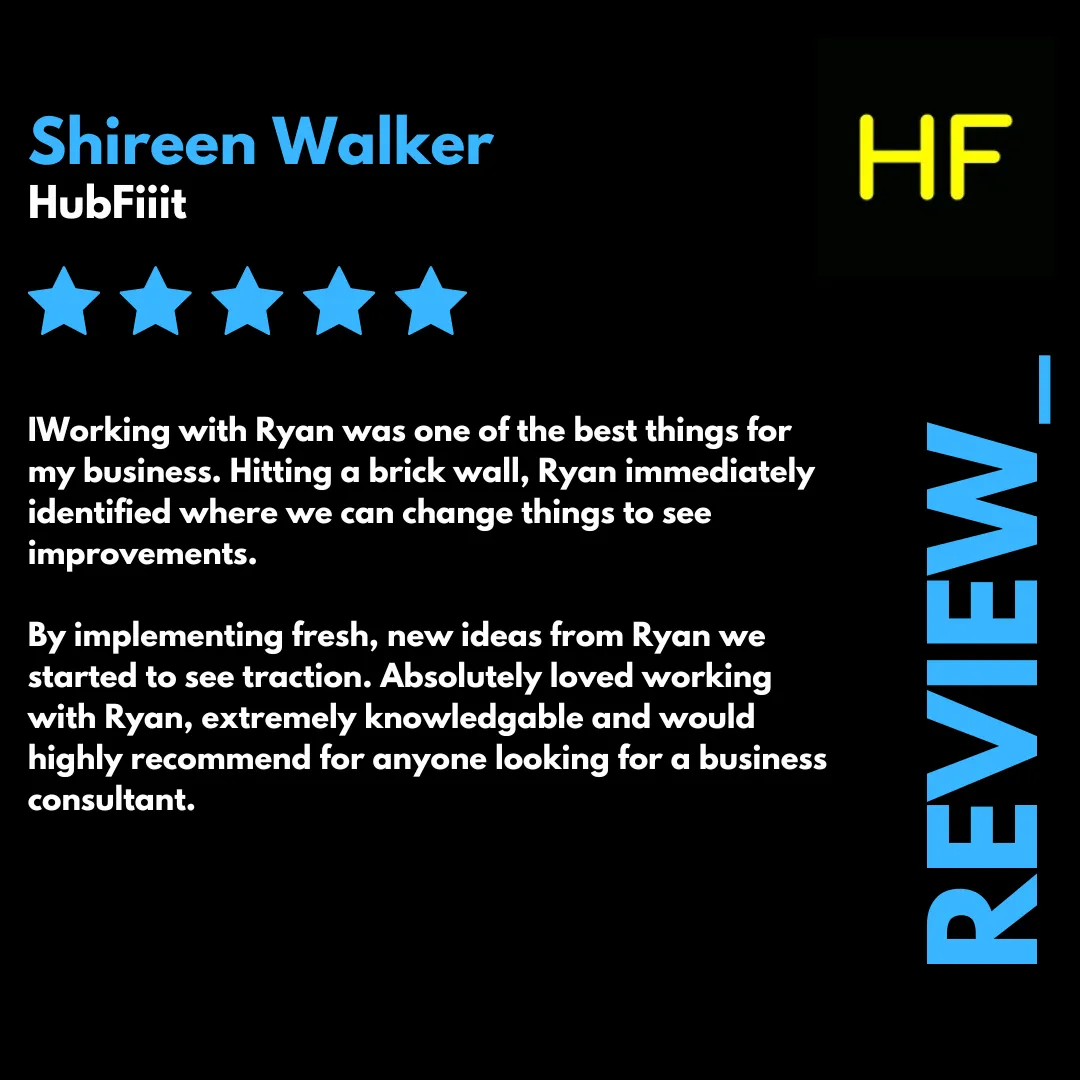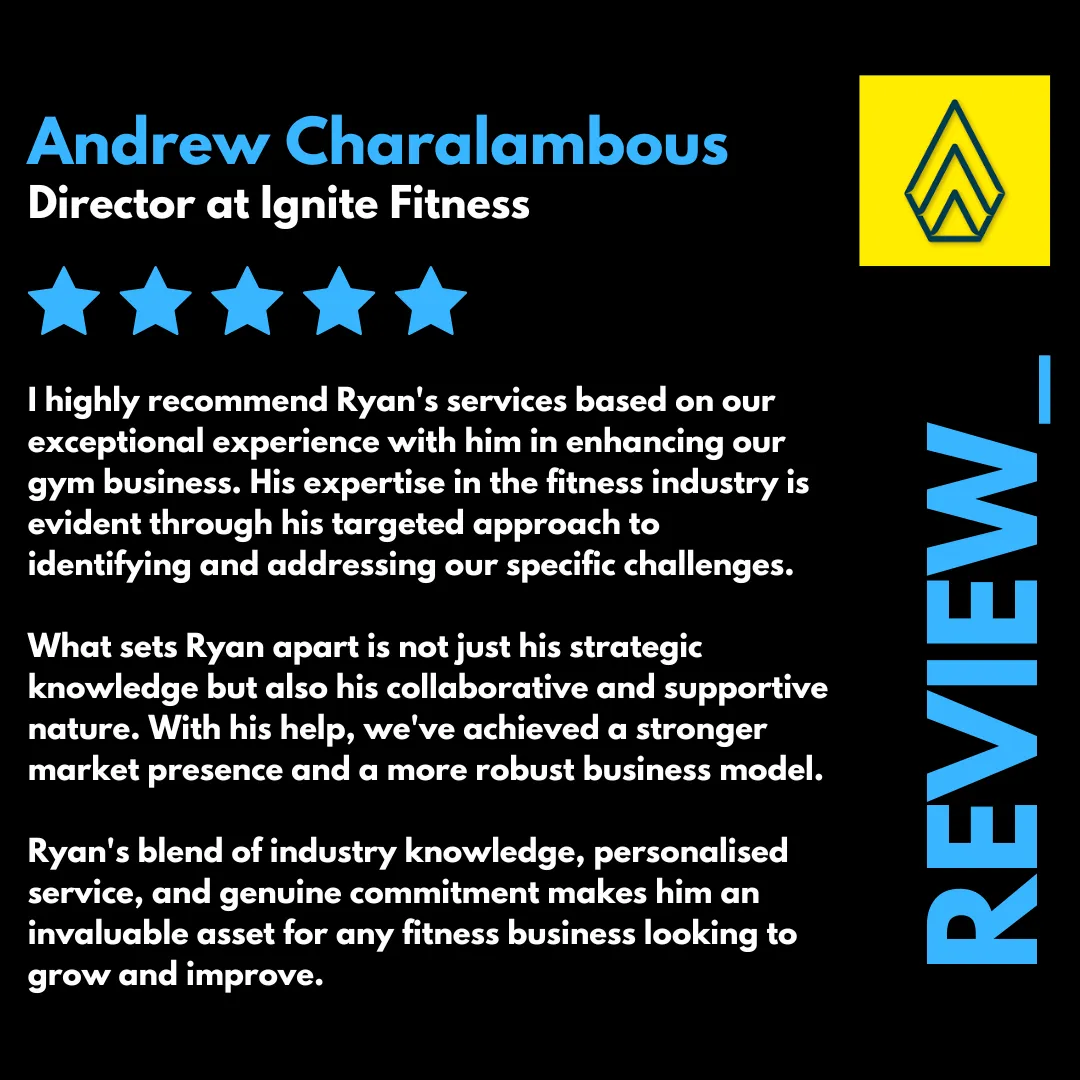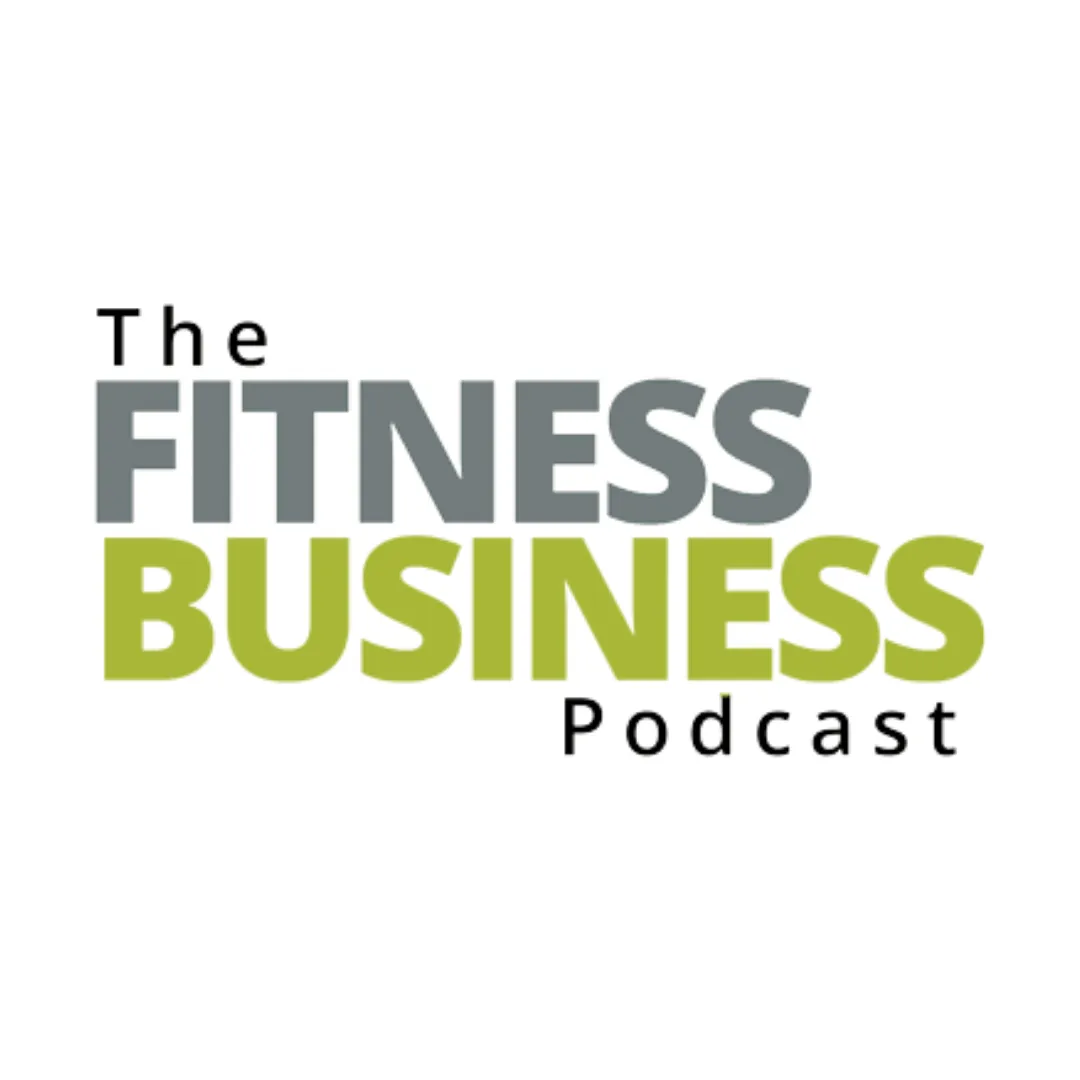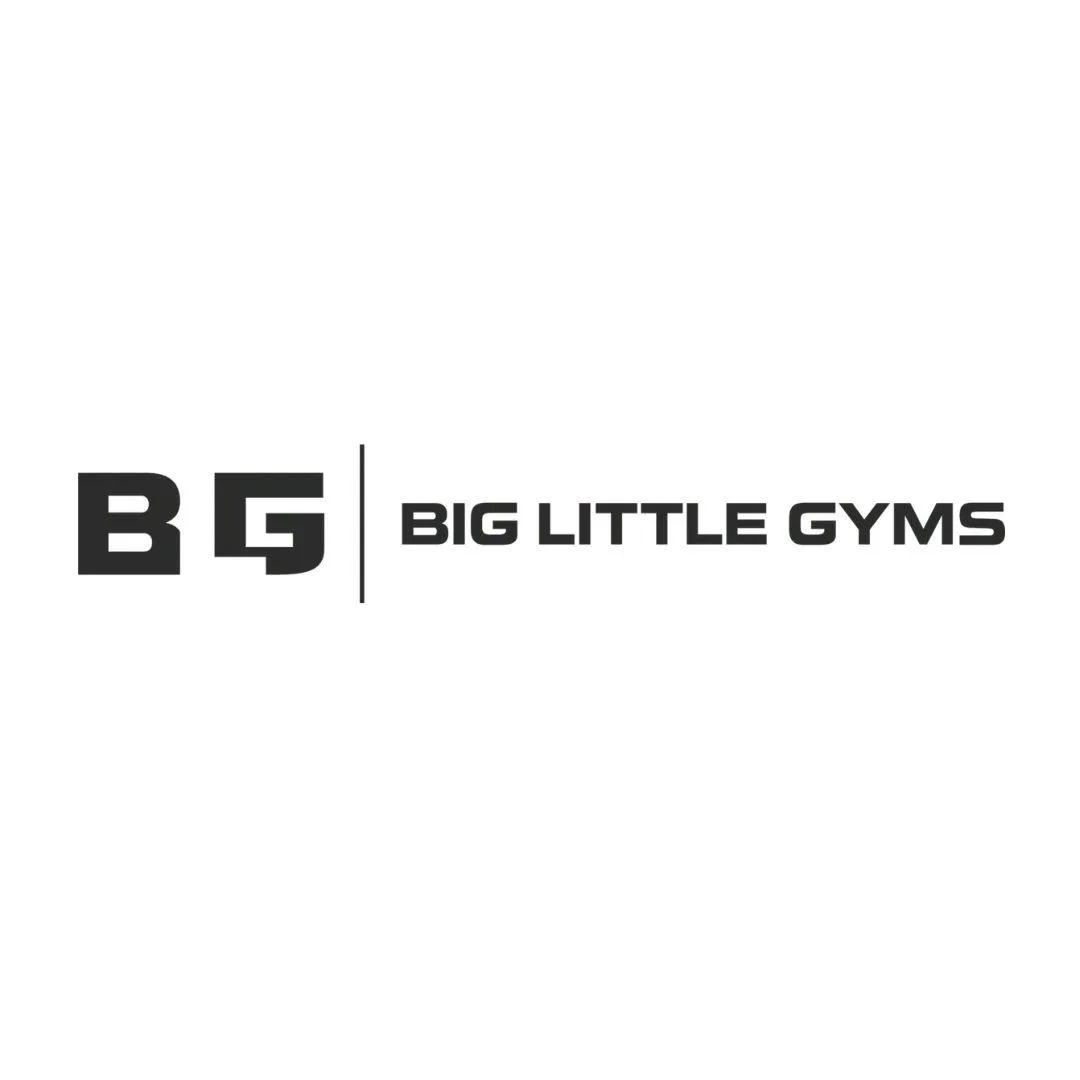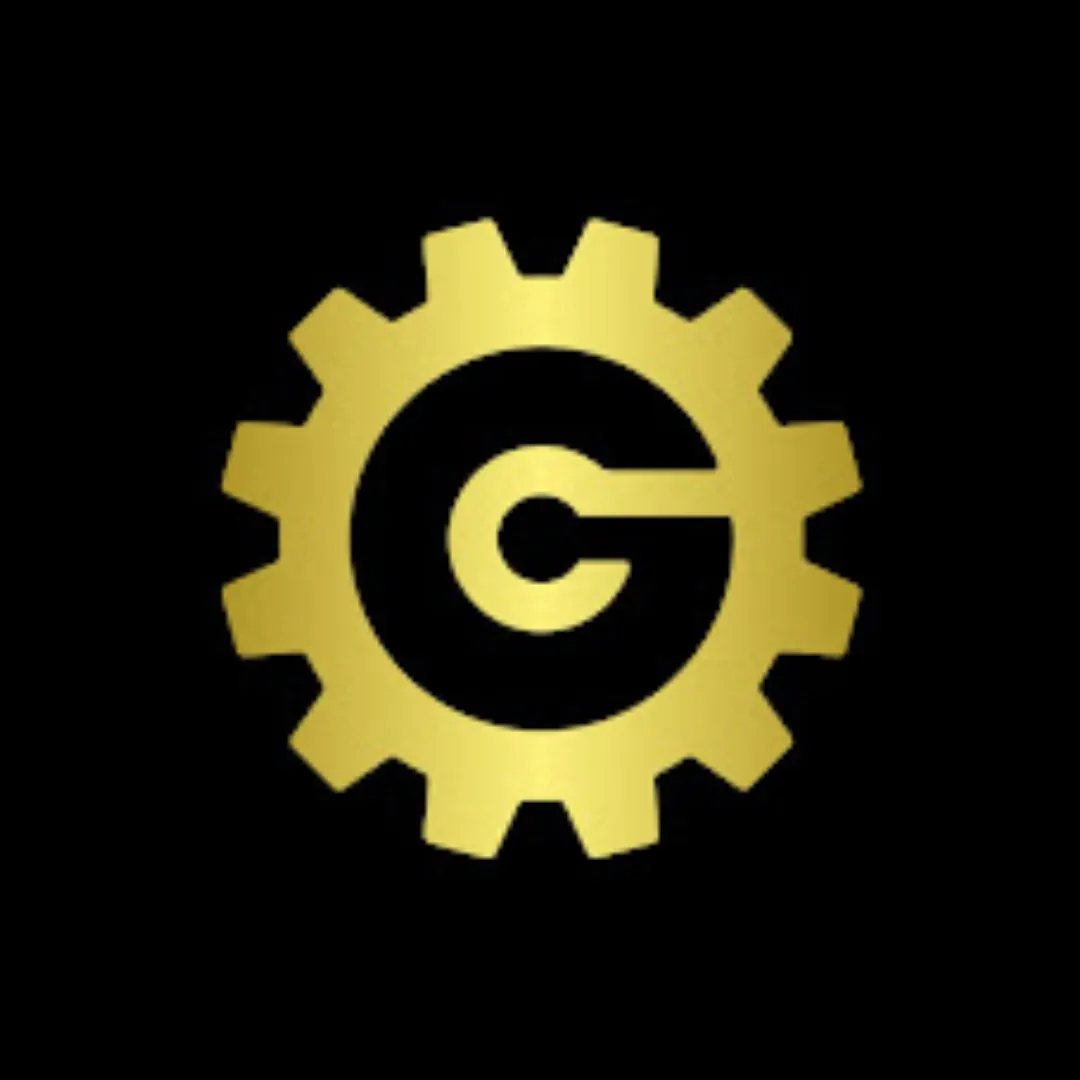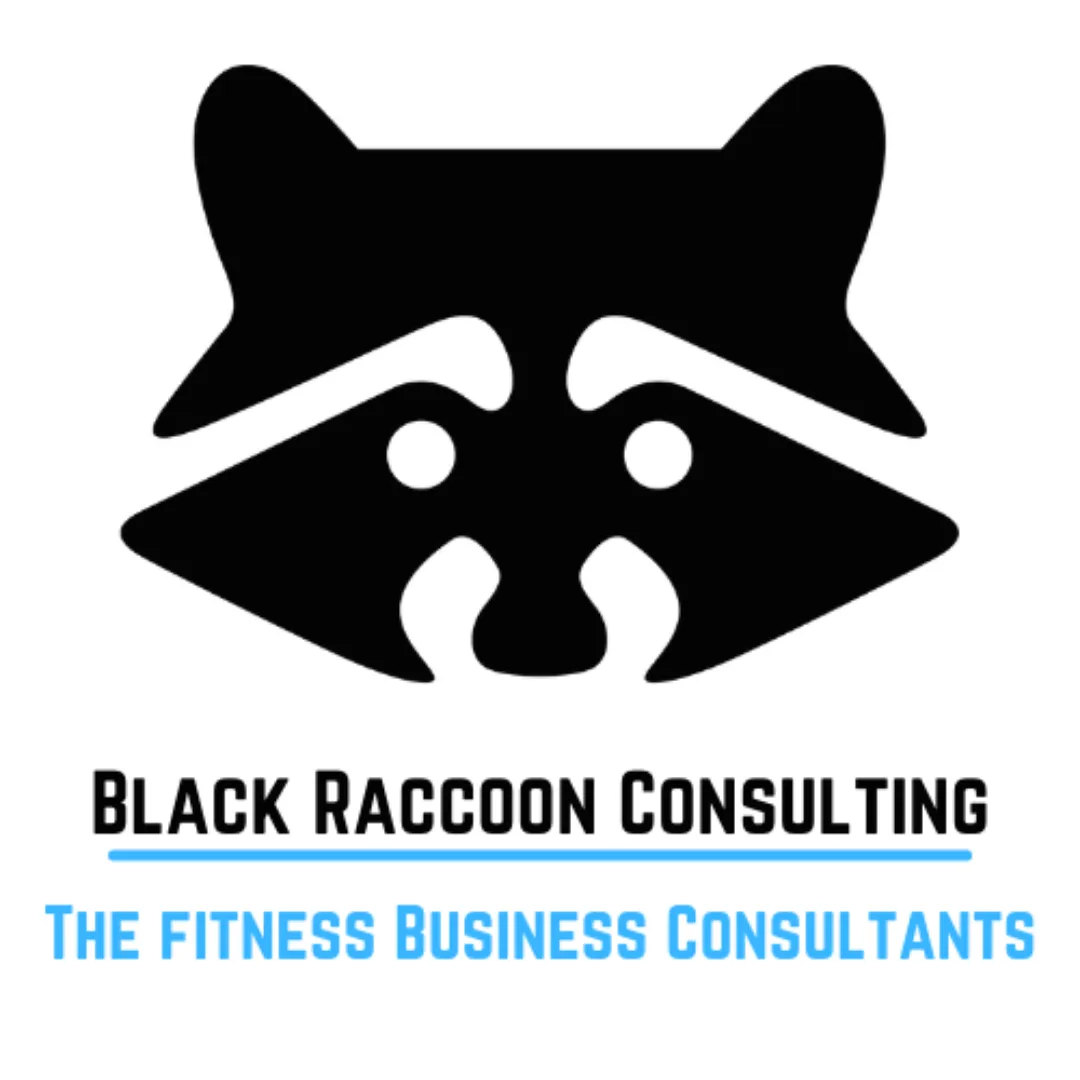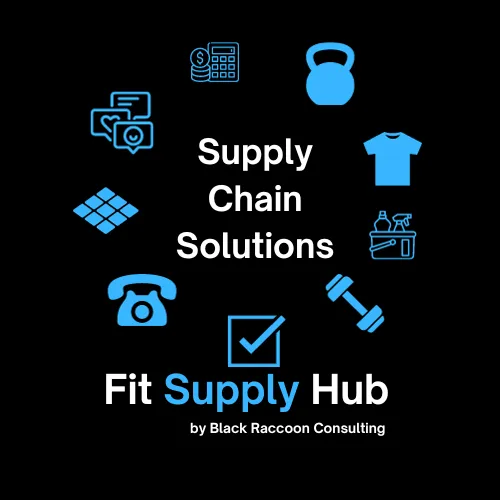
Blogs, News, Links & Podcasts
Read our latest newsletter and blogs and see links to industry information, blogs and Podcasts
Our Free Download Catelogue
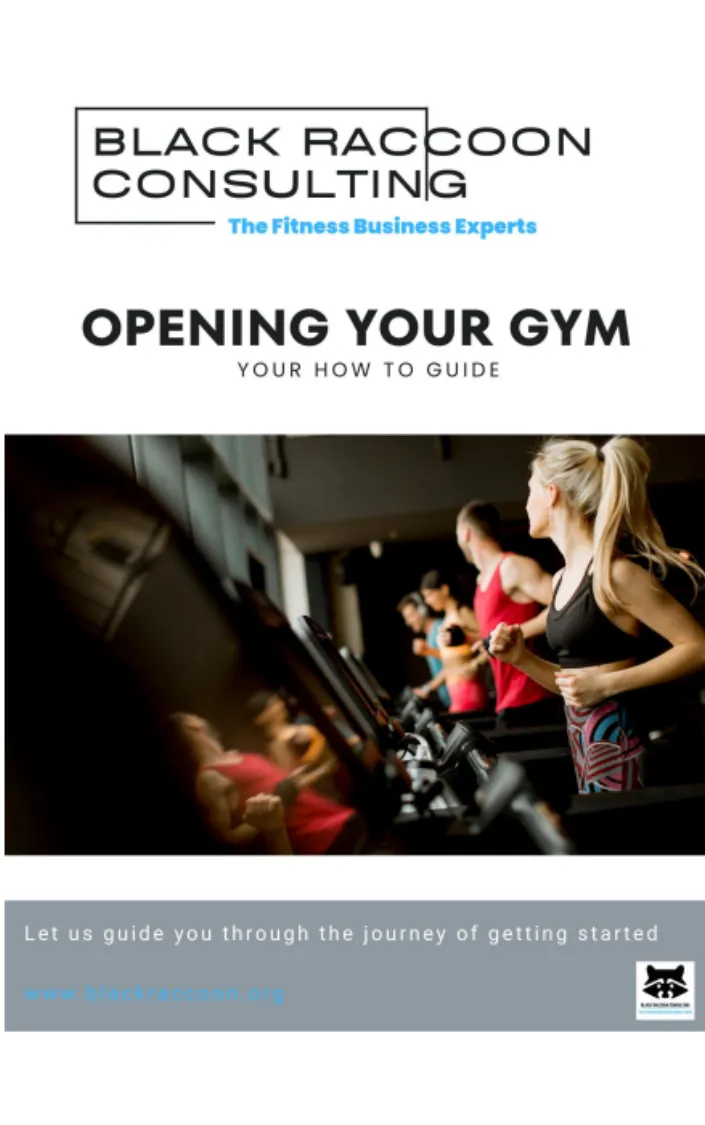
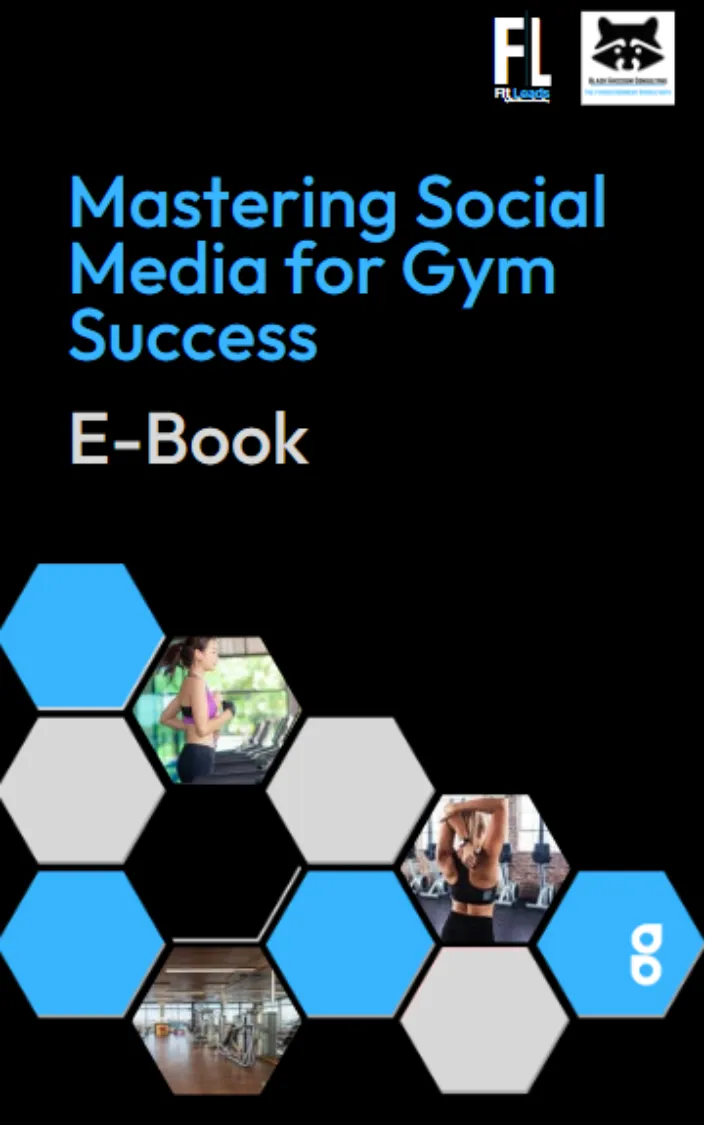
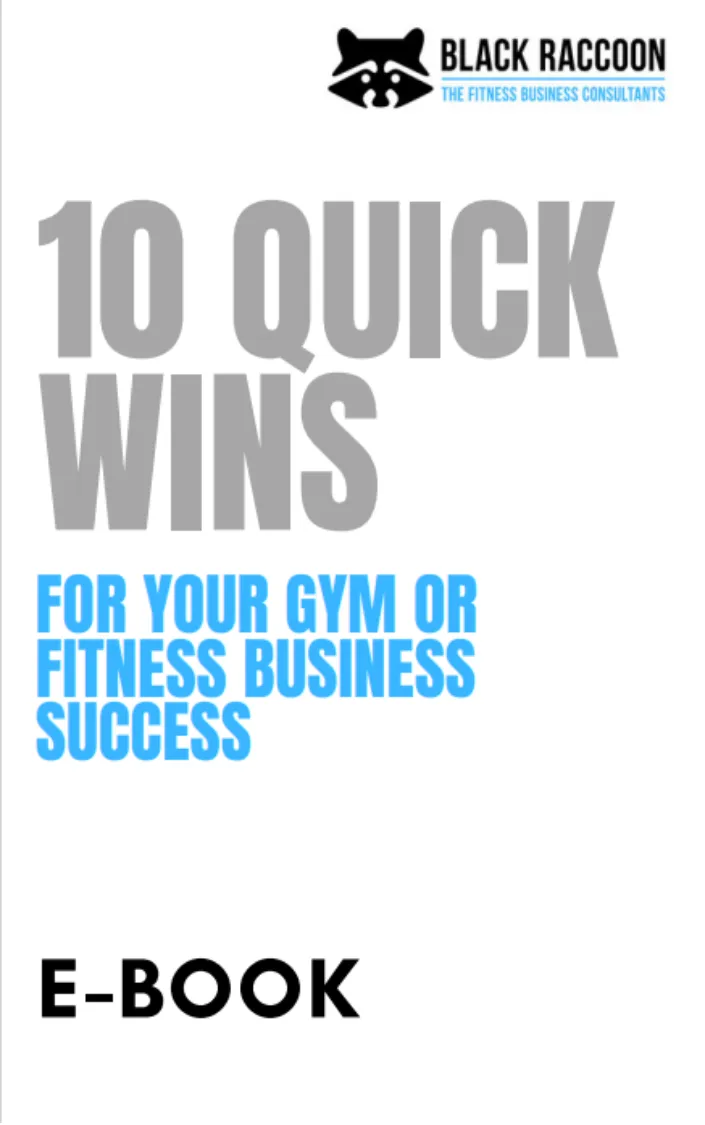
Read our Blog Articles.
Read our thoughts on a range of topics from how best to run your facility to industry updates and developments

New BSome of the Best Ideas for Your Gym Are Already Being Used… and That’s a Good Thinglog Post
Some of the Best Ideas for Your Gym Are Already Being Used… and That’s a Good Thing
Innovation. Disruption. Reinventing the wheel. These words sound bold and ambitious — and for the right business owner, they are.
But for most gym owners and fitness operators, the goal is more grounded: to run a great facility, create an energised community, and make consistent profit.
That doesn’t always require invention. In fact, some of the best ideas for your club are already being used successfully elsewhere — by your competitors, by other industries, by market leaders you’ve never even considered studying.
The smart move? Borrow them. Adapt them. And make them work better for you.
Why Thinking Outside the Box Isn’t Always the Answer
There’s a lot of pressure to be original in business. But the truth is, originality is expensive — and high risk.
If you’re building a new concept, testing a new product, or disrupting how gyms operate, you’re also likely:
Burning cash
Making more mistakes
Taking longer to reach profitability
Needing more resilience and patience to succeed
That might suit the rare founder looking to change the game. But most gym owners? You’re not trying to reinvent fitness. You’re trying to run a great business. That’s a different goal — and it requires a different mindset.
🚫 You don’t need to be first. You just need to do it better.
The Power of Stealing (Smartly)
Legendary designer Paul Arden once said, “It’s not where you take things from — it’s where you take them to.” That’s the principle here.
If your competitors are doing something well — mystery shop them. Join their club for a month. Walk through their onboarding journey. Go to their classes. Take notes.
Better yet, hire a consultant who works across dozens or hundreds of gyms. They’ve already collected those ideas. They’ve seen what works, what fails, and how to adapt ideas to different models.
When you do this, you gain:
Speed to market – The idea already exists. You just need to implement.
Lower cost – No need to build from scratch.
Less risk – You’re working with proven concepts.
More clarity – You can focus on doing the right things, not wondering what the right things are.
Real-World Examples of Adaptation
Let’s look at some examples of successful “borrowing” across industries — and why it worked.
🍔 McDonald’s + Hospitality Training = Apple Store Genius Bar
The McDonald’s model of predictable, friendly, systemised service was the inspiration behind Apple’s decision to create the Genius Bar — not a new idea, just a familiar one applied differently. Simple hospitality, reimagined.
🛏️ Hotels and Gym Service Culture
Marriott Hotels are renowned for their service rituals — from remembering guest names to structured check-in experiences and customer follow-up. These routines have been successfully adapted by premium gyms like Third Space London, where member service feels more like a boutique hotel than a fitness club.
🛒 Retail Loyalty in Fitness
Retail giants like Starbucks and Tesco pioneered loyalty apps and reward tracking — concepts now picked up by fitness brands like F45, David Lloyd, and Barry’s, who reward attendance, referrals, and milestones.
🎓 Education Sector + Onboarding = Member Journeys
The idea of structured progression — from induction to orientation to mastery — comes from schools and universities. Smart gyms now use the same framework to onboard members across 30-, 60-, and 90-day journeys that build habits and increase retention.
Where to Look for Great Ideas (That Aren’t Other Gyms)
Gyms are notoriously average at customer service. So why only study them?
Here’s where you should also be paying attention:
Hotels – for hospitality, scent, cleanliness, rituals, and culture
Restaurants – for customer greeting, follow-ups, upselling, and ambience
Barbers & Spas – for appointment flow, client rebooking, and rapport
Tech companies – for UX design, onboarding systems, and CRM integration
Retail – for loyalty, merchandising, visual branding, and impulse selling
And don’t just look at big chains. Some of the most impressive experiences come from local businesses that know their audience and deliver consistency with heart.
How to Ethically and Effectively “Borrow” Ideas
Observe it first-hand. Mystery shop. Join. Visit. Experience. Don’t guess — go see.
Deconstruct the system. Ask: What was the goal? What steps made it work?
Rebuild it for your environment. Don’t copy and paste. Adjust for your team, space, and audience.
Train it into your business. The best idea in the world fails without training, reinforcement, and accountability.
Track impact. Watch for changes in usage, revenue, feedback, or retention. Refine accordingly.
Final Thought: You’re Allowed to Learn from Others
Some gym owners feel guilty or insecure about using someone else’s ideas — like it’s not innovative enough.
Here’s the truth: execution beats originality every time.
You don’t need to invent. You need to observe, adapt, and deliver better. That’s not stealing — that’s strategy.
So stop waiting for inspiration to strike. Go see what’s already working — in your town, in other industries, even in other countries. Collect the best, tweak them, and turn your gym into the kind of place your competitors end up studying next.
Want support doing this? That’s exactly what we do at Black Raccoon Consulting.
We help you shortcut the process, bringing together the best ideas from across hundreds of clubs — and tailoring them to your business.
Because you don’t need to reinvent the wheel.
You just need to drive it better than the rest.
The Inside Track Podcast
We interview some of the most influential people in the fitness industry and pick their brain about what works best, what we should be looking at next, how best to achieve success and more importantly how they got to where they are now.
Guests have included: Casey Conrad, Dave Wright, Richard Synnott, Andy King, Bobby Verdun, Mel Tempest, Lisa Keucker, Steve Jensen, Richard Grey, Micahel Boyle and many more
Other popular Industry Podcasts
